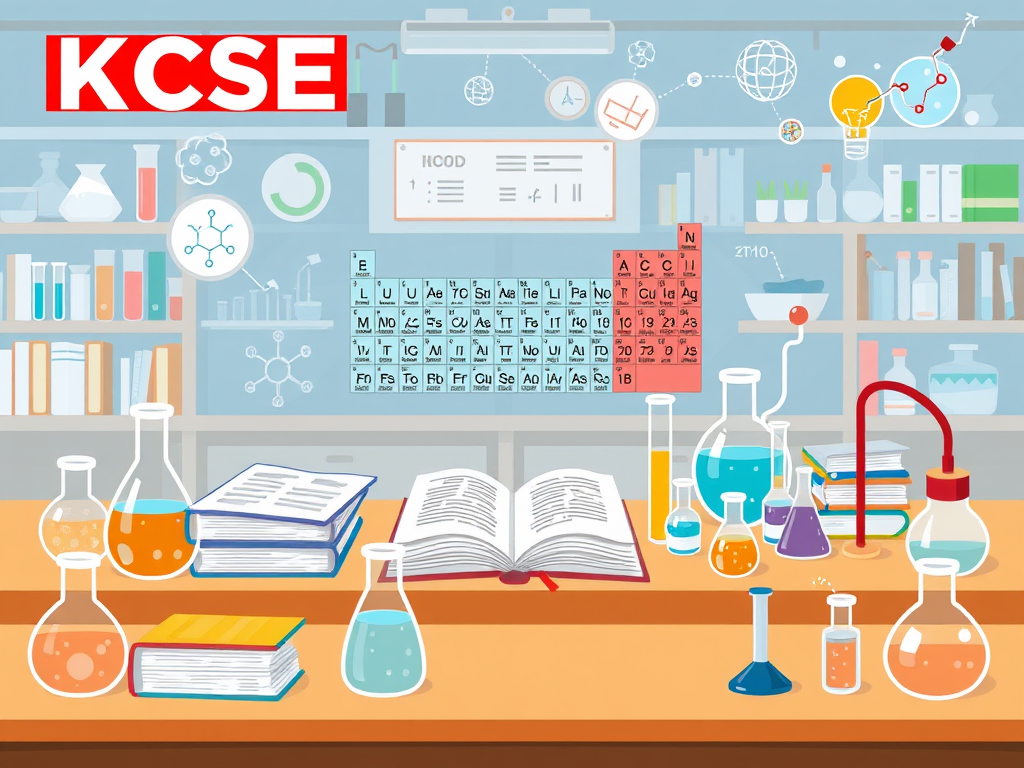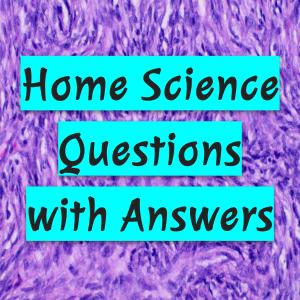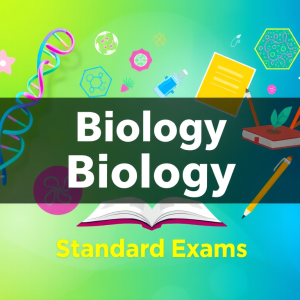Description
The document is a KCSE Mock Chemistry Paper 1 designed for students preparing for the Kenya Certificate of Secondary Education (KCSE) examinations. It contains a variety of chemistry questions that cover theoretical concepts, practical applications, and problem-solving techniques relevant to the chemistry syllabus in Kenya. Below is a comprehensive overview of the document:
Structure of the Document
- Header Information:
- The document begins with a header section that includes placeholders for the student’s name, class, admission number, index number, signature, and date.
- Instructions:
- Candidates are instructed to write their names and index numbers, answer all questions in the spaces provided, and show all workings clearly where applicable.
- The paper is allotted a time of 2 hours and has a maximum score of 80 marks.
- Question Format:
- The questions are presented in a structured format, with a mix of theoretical questions, problem-solving exercises, and practical applications.
- Each question is numbered and includes specific marks allocated, guiding students on the expected depth of their answers.
Content Overview
- Chemical Reactions:
- Questions explore different types of chemical reactions, including the bleaching effect of chlorine and sulfur dioxide, and the Solvay process for sodium carbonate production.
- Calculations:
- Several questions require calculations, including relative atomic mass, molecular mass, and the determination of empirical formulas from experimental data.
- Practical Applications:
- The document includes questions about the practical use of chemicals in various contexts, such as the role of calcium hypochlorite in water purification, and the long-term effects of salt on roads.
- Laboratory Techniques:
- Students are asked to describe laboratory techniques for preparing crystals and separating mixtures, showcasing their understanding of practical chemistry.
- Chemical Properties and Behavior:
- Questions assess understanding of the properties of substances, such as melting points, boiling points, and electrical conductivity, along with the influence of molecular structures.
- Environmental Chemistry:
- Topics related to environmental impact, such as the greenhouse effect of carbon dioxide and the effects of chemical use in agriculture, are included to connect chemistry with real-world issues.
- Radioactivity and Nuclear Chemistry:
- Questions about nuclear fission and fusion, as well as the applications of radioactivity, highlight the importance of these topics in modern chemistry.
- Periodic Table and Chemical Bonding:
- The document tests knowledge on the periodic table, with questions involving the formation of compounds and the nature of chemical bonds.
- Chromatography:
- There are questions related to chromatography techniques and their applications in separating plant extracts, emphasizing analytical chemistry.
Conclusion
The document serves as a comprehensive assessment tool for students, covering a wide range of topics in chemistry. It encourages critical thinking, problem-solving skills, and the application of theoretical knowledge to practical scenarios. The mock exam format prepares students for the KCSE Chemistry Paper by familiarizing them with the types of questions they may encounter in the actual examination.



Reviews
There are no reviews yet.